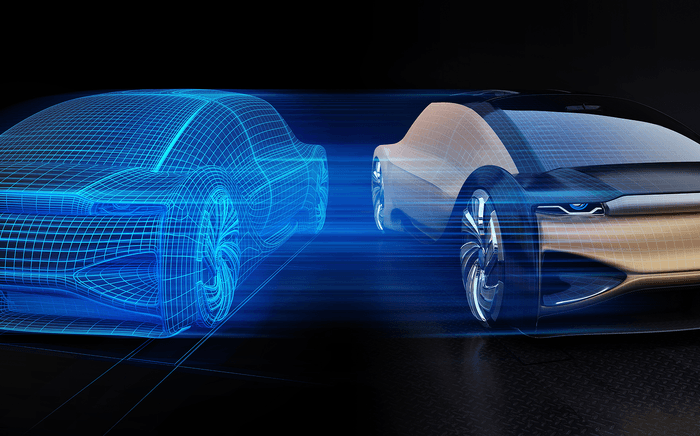Case Study - Eliminating Physical Sensors

Eliminating Physical Sensors
New Automotive Strategy - Eliminate physical sensors using Realis Simulation’s WAVE-RT
For engine and vehicle manufacturers, there is a new opportunity to eliminate physical sensors and replace them with more efficient, less expensive, and more capable digital engine control units that are sensor-free. Currently, most engines rely on physical sensors to feed data to the engine controller; however, these sensors add cost and complexity to product development and manufacturing. They are also prone to failure, which in turn leads to the need for aftermarket product replacement. Eliminating physical sensors can significantly reduce manufacturing cost and also improve performance for the service life of the engine. In this study, Realis Simulation demonstrates one example of successfully eliminating a sensor from the engine design using Realis Simulation formerly Ricardo Software’s WAVE-RT technology.
An experimental validation test compared the performance of an:
- IVECO 5.9 L turbocharged diesel engine with physical sensors
- The same engine with the physical sensor removed, and replaced by a WAVE-RT model embedded on a prototyping engine control unit.
On the engine test bed, a test compared the performance of the two engines while running the world harmonized transient cycle, an 1800-second-long transient cycle that is representative of real-world driving. During testing of both engine configurations, standard metrics such as power, torque, and speed were recorded. Validated results prove that sensor-free control using WAVE-RT resulted in equivalent performance across the entire test cycle.On the engine test bed, a test compared the performance of the two engines while running the world harmonized transient cycle, an 1800-second-long transient cycle that is representative of real-world driving. During testing of both engine configurations, standard metrics such as power, torque, and speed were recorded. Validated results prove that sensor-free control using WAVE-RT resulted in equivalent performance across the entire test cycle.
While this configuration is not yet applicable for mass production in passenger vehicles, due to onboard computational limitations, this approach could be applied today on stationary and low volume engines. With continued improvements to onboard computing for future passenger vehicles and advances of Realis Simulation formerly Ricardo Software’s WAVE-RT to accurately simulate transient performance, the potential to eliminate sensors in high volume engine designs is on the horizon. This will lead to lower manufacturing costs and more reliable performance through the life of the engine. Another potential future application for this engine control concept is the ability to enhance engine reliability when sensor failure occurs. Advanced onboard diagnostics, in combination with fault tolerance using an onboard WAVE-RT model, could enable an engine and vehicle to continue operating despite a physical sensor failure.
